What you’ll learn:
- Trulicity is approved for type 2 diabetes management but can be prescribed off-label for weight loss.
- Trulicity’s active ingredient, dulaglutide, works by mimicking GLP-1 to help regulate blood sugar and reduce appetite.
- People prescribed Trulicity can experience an average weight loss of 3-5% after 52 weeks of treatment.
Ozempic‘s popularity has skyrocketed, but it’s not the only medication approved to treat diabetes that can also help people lose weight. Trulicity was FDA-approved to treat type 2 diabetes back in 2014 and has also been shown to help people lose weight off-label. Like Ozempic, it’s a once-weekly injection that works by mimicking GLP-1, a hormone that helps you feel full and satisfied.
What sets Trulicity apart from Ozempic? Trulicity contains the active ingredient dulaglutide, while Ozempic contains semaglutide. They are both GLP-1 receptor agonists but work slightly differently, which can change how effective they might be for you.
Choosing a weight loss medication can be confusing with so many similar options. Don’t worry, Noom‘s here to guide you. If you qualify for Noom Med, we’ll pair you with a qualified clinician who will find the right medication for you. They’ll also coordinate your prescription and insurance, plus give you personalized support that goes beyond just the meds. We’re all about helping you build healthy habits that stick around for the long haul.
But first, let’s break down what Trulicity is and how it works.
What is Trulicity and how does it work for weight loss?
As we mentioned earlier, Trulicity is mainly prescribed to manage diabetes, but it can also help people lose some weight. Trulicity works by slowing down digestion, helping you feel fuller for longer, and signaling to your brain that you’re satisfied. All of this can lead to eating less and, ultimately, weight loss.
The rules we apply for other weight loss medications regarding BMI are generally applied to Trulicity, though it’s rarely prescribed just for weight loss. Those are:
- A BMI of 30 or higher, or a BMI of 27 or higher, with at least one weight-related health condition, like high blood pressure or high cholesterol.
How is Trulicity taken?
Taking Trulicity is pretty straightforward. You give yourself an injection once a week using a pre-filled pen. You can do it any time of day, with or without food. Just pick a day of the week that works for you and stick with it.
While giving yourself an injection sounds intimidating, the pen is designed to be easy to use, even if you’re not a fan of needles. The needle is very small, only millimeters long. It can be slightly uncomfortable, but it is largely painless.
How effective is Trulicity for weight loss?
Clinical studies have shown promising, though moderate, weight loss results over 26 to 52 weeks. Participants using Trulicity lost an average of 4 to 11 pounds, depending on the dosage. Treatment is started at a lower dose (0.75 mg) and is gradually increased to a maximum of 4.5 mg, based on the body’s response and tolerance.
Here’s a closer look at the weight loss observed in the research:
- 36 weeks: Average weight loss of just over 6 pounds with the 1.5 mg dose and about 10 pounds with the 4.5 mg dose.
- 52 weeks: Average weight loss of nearly 8 pounds with the 1.5 mg dose and 11 pounds with the 4.5 mg dose.
Keep in mind weight loss varies from person to person. These are average results, and your experience with Trulicity might be different. Your starting weight, lifestyle, and how your body reacts to the medication are all factors.
Does Trulicity do anything else besides help with appetite?
Yes, Trulicity does more than just help control appetite. Its primary function is to manage blood sugar levels in people with type 2 diabetes. By doing this, it can also help reduce the risk of serious complications such as heart disease, stroke, and kidney failure.
What distinguishes Trulicity from other weight loss medications?
You may have heard of other medications similar to Trulicity, like Ozempic, Wegovy, and Zepbound. These drugs are all part of the same class, called GLP-1 receptor agonists, but they have some key differences. Let’s take a closer look at how these medications stack up against each other:
| Active ingredient | Dulaglutide | Semaglutide | Tirzepatide | ||
|---|---|---|---|---|---|
| Brand name | Trulicity | Wegovy | Ozempic | Zepbound | Mounjaro |
| How it’s used | Type 2 diabetes management (FDA-approved), weight loss (off-label) | Chronic weight management and heart disease prevention (FDA-approved) | Type 2 diabetes management (FDA-approved), weight loss (off-label) | Chronic weight management and sleep apnea (FDA-approved) | Type 2 diabetes management (FDA-approved), weight loss (off-label) |
| Administration | Weekly injection | ||||
| How it works | Mimics GLP-1 hormone to regulate blood sugar and appetite | Mimics GLP-1 and GIP hormones to regulate blood sugar and appetite | |||
| Cost per month (average) | $977 |
$1,350 NovoCare Pharmacy: $499 |
$969 |
$1,060 Lilly Direct: $349 (2.5 mg) $499 (5 mg, 7.5 mg, 10 mg) |
$1,170 |
What does Trulicity cost?
Without insurance, Trulicity can be quite expensive. The listed price for a one-month supply is about $977. Most people don’t pay this full price, as insurance coverage and savings programs can significantly reduce the cost.
Are there ways to reduce the cost of Trulicity?
Yes, there are several options to help lower the cost of Trulicity. The Trulicity Savings Card program, for example, allows eligible people to pay as little as $25 for three months’ worth of medicine. Additionally, some insurance plans may cover Trulicity, especially if it’s prescribed for managing type 2 diabetes.
How can Noom Med help with accessing Trulicity?
If you qualify, Noom Med can pair you with a clinician who can decide if Trulicity is right for you. They will also help you coordinate insurance coverage.
What should I do if I can’t afford Trulicity?
If you’re struggling with the cost of Trulicity, don’t give up. Talk to your healthcare provider about your concerns. They may be able to suggest alternative medications or connect you with patient assistance programs. Also, see if you qualify for Noom Med. Our qualified clinicians can provide guidance on accessing alternative treatment options.
Rx weight loss, the right way, with Noom
Get access to prescription weight loss medication with Noom.Trulicity side effects and safety considerations
Most people using Trulicity only experience mild to moderate side effects that lessen as your body gets used to the medication. Let’s break down what you might encounter:
What are the common side effects of taking Trulicity?
- Nausea
- Diarrhea
- Vomiting
- Indigestion or heartburn
- Fatigue
The good news is that these side effects usually aren’t a dealbreaker. Less than 2% of people stop using Trulicity due to nausea. Still, it’s always a good idea to chat with your doctor or a Noom Med clinician about any concerns you have.
How can Noom help manage Trulicity’s side effects?
Noom’s GLP-1 Companion is designed to help you navigate your experience taking a GLP-1 medication like Trulicity. It includes:
- Nutrition guidance: Learn how to optimize your diet to help you lose weight at a steady pace and minimize side effects. You’ll also get a protein goal to aim for to keep your muscles strong.
- Muscle Defense™: Get tips and workouts for preventing muscle loss, a common concern with some weight loss medications.
- On-demand fitness classes: Enjoy a variety of workouts like yoga, HIIT, strength training, and Pilates, all accessible through the Noom app.
By combining the power of Trulicity with Noom’s comprehensive support system, you’ll be well-equipped to reach your weight loss goals and build lasting healthy habits.
What are the serious effects or warnings associated with Trulicity?
Most people experience only mild issues, which usually go away over time. In rare cases, more serious effects can occur, so talk to your doctor to see if Trulicity is the right fit for you. Let’s take a closer look at some of the more serious conditions that could be associated with Trulicity. If you experience any of these symptoms, get immediate medical help:
- Pancreatitis (inflammation of the pancreas): Be alert for severe abdominal pain radiating to the back, nausea, and vomiting.
- Kidney problems: Symptoms include changes in urine output, swelling in legs or ankles, fatigue, and confusion.
- Allergic reaction: Common signs of an allergic reaction could include difficulty breathing, swelling of the face, lips, tongue, or throat, severe rash or itching, fainting, and dizziness.
- Gallbladder problems: You could experience pain in your upper stomach, fever, and yellowing of skin or eyes.
- Thyroid tumors: Be alert for lumps or swelling in the neck, hoarseness, trouble swallowing, or shortness of breath. Note: These have only been seen in animal studies.
For detailed information on these and all side effects, consult your healthcare provider or visit Trulicity’s official website.
Are there any health issues that might make Trulicity unsuitable for me?
Trulicity is a fantastic option for many, but it isn’t the right fit for everyone. Discuss your entire health history with your doctor. Here are some key health issues that might affect your eligibility for Trulicity:
- Personal or family history of medullary thyroid carcinoma (MTC) or Multiple Endocrine Neoplasia syndrome type 2 (MEN 2): Trulicity may increase the risk of thyroid tumors in individuals with a predisposition to these conditions.
- History of pancreatitis or severe gastrointestinal disease: Trulicity can worsen existing pancreatitis or gastrointestinal issues.
- Diabetic retinopathy: This eye condition can worsen with Trulicity, so your doctor needs to monitor it closely.
- Pregnancy, breastfeeding, or trying to conceive: Trulicity’s safety during these times hasn’t been established.
How Noom can help
While Trulicity can be a valuable asset in your weight loss journey, it’s just one part of the picture. At Noom, we offer a comprehensive approach that combines the potential of GLP-1 medications with a focus on behavior change and lifestyle modifications.
Whether you use Noom Med or the GLP-1 Companion, we’ve got the tools and support you need to make lasting changes. In fact, research has shown that people who combine GLP-1 medications like Trulicity with Noom’s lifestyle changes experience even greater success in their weight loss journey.
It’s time to ditch fad diets and unsustainable solutions. Noom is here to help you build a healthier relationship with food and exercise, leading to long-term success. Let us help you achieve your weight loss goals and create a lifestyle that promotes your overall well-being.
Note: Trulicity and Ozempic are not FDA-approved to treat obesity or for weight loss.
Why you can trust us
At Noom, we’re committed to providing health information that’s grounded in reliable science and expert review. Our content is created with the support of qualified professionals and based on well-established research from trusted medical and scientific organizations. Learn more about the experts behind our content on our Health Expert Team page.



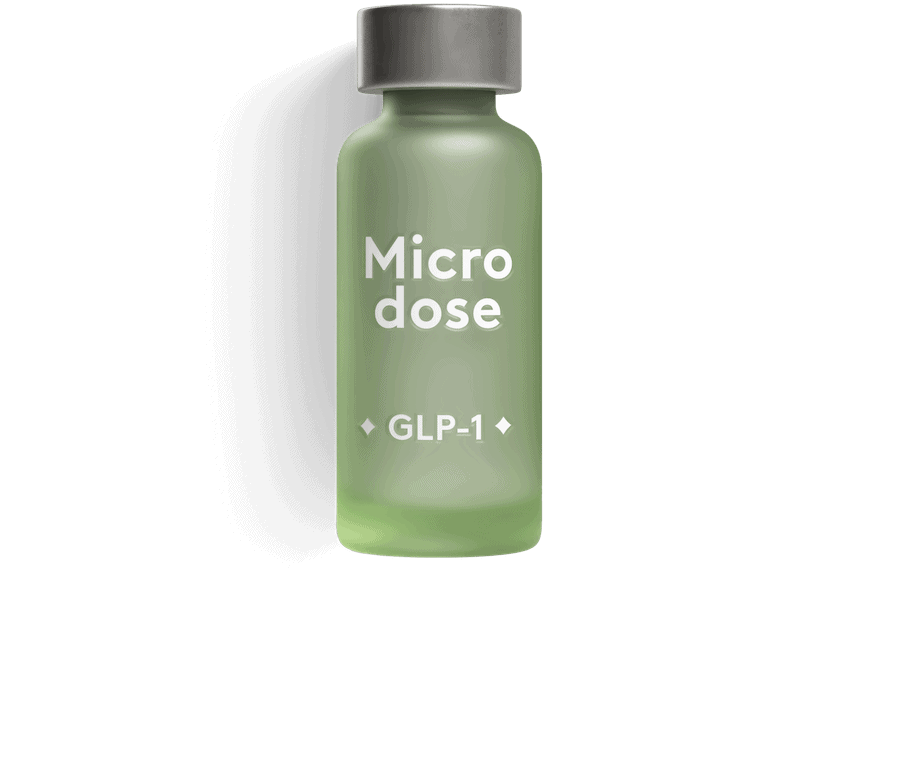
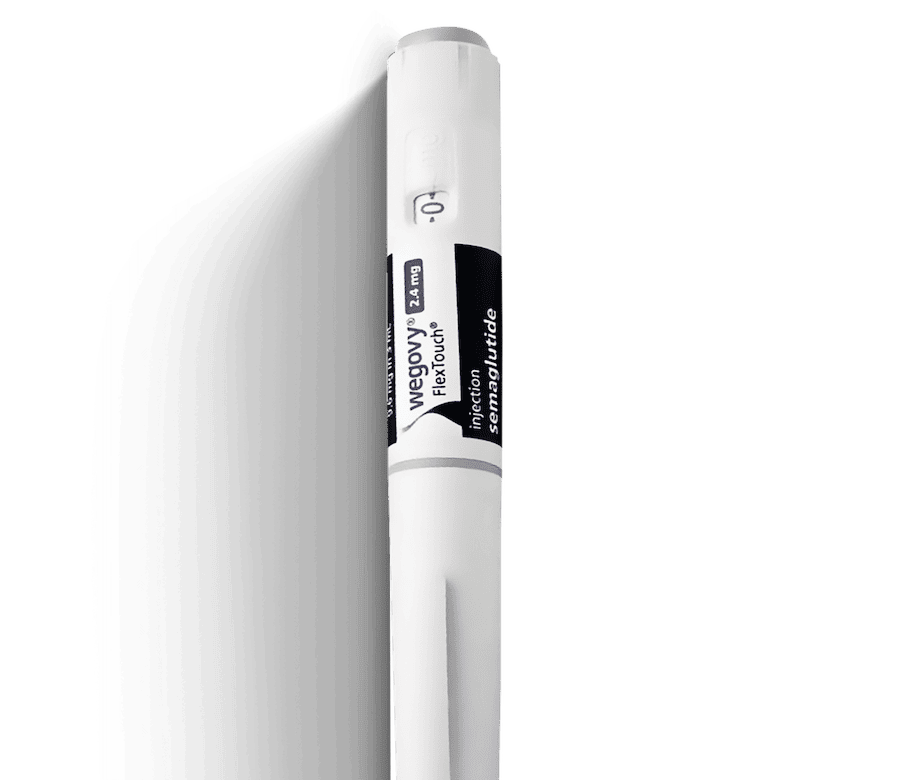
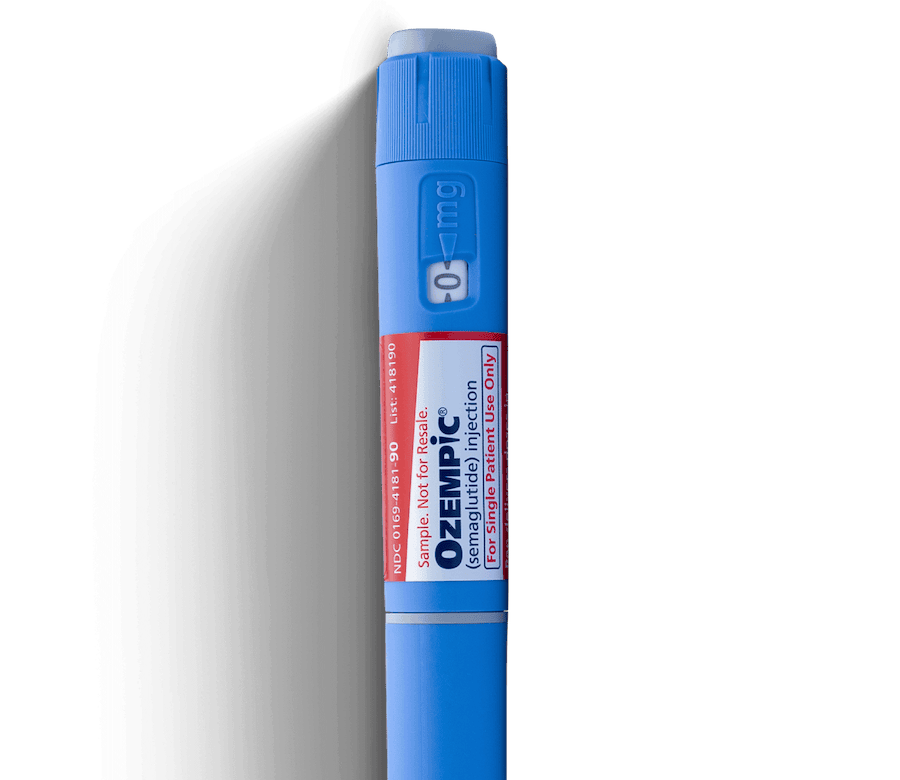
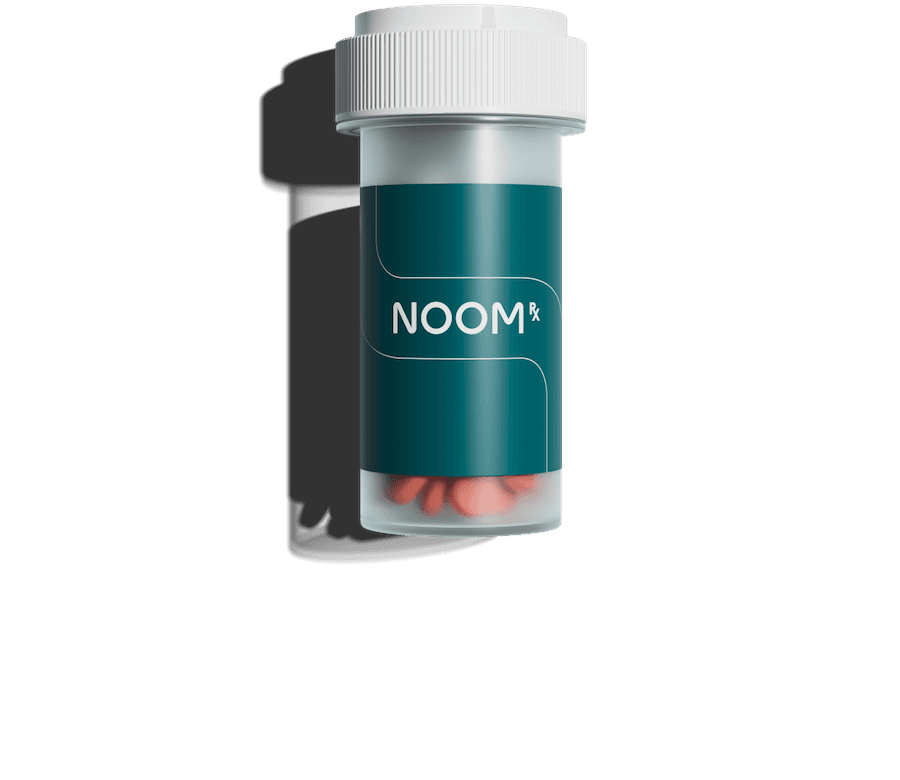

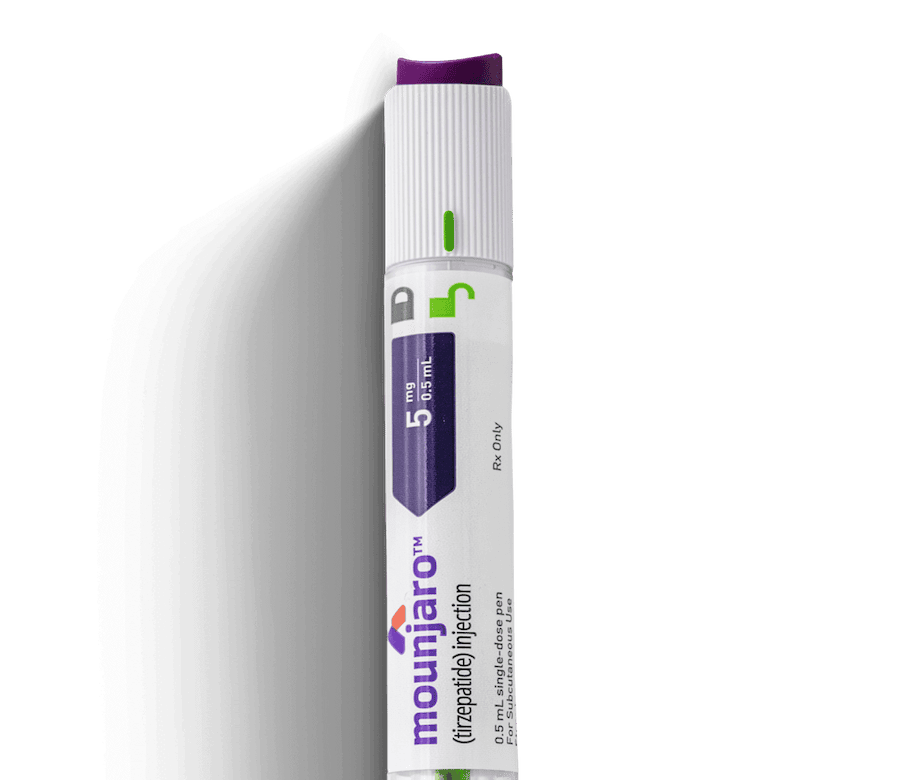
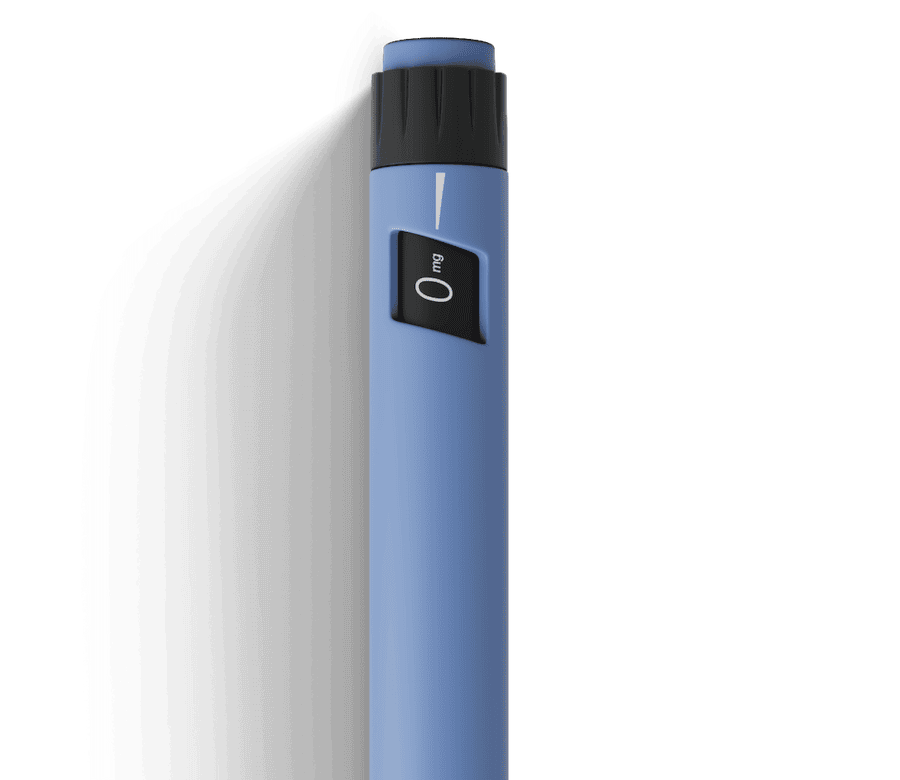

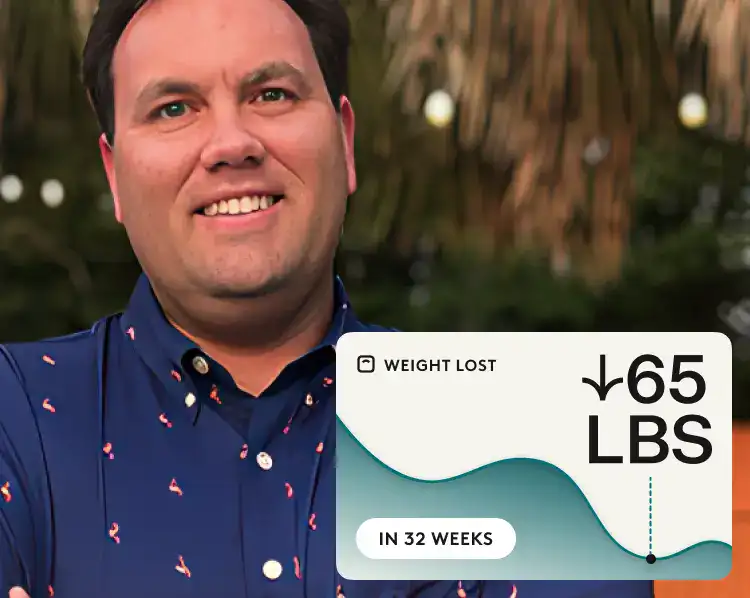

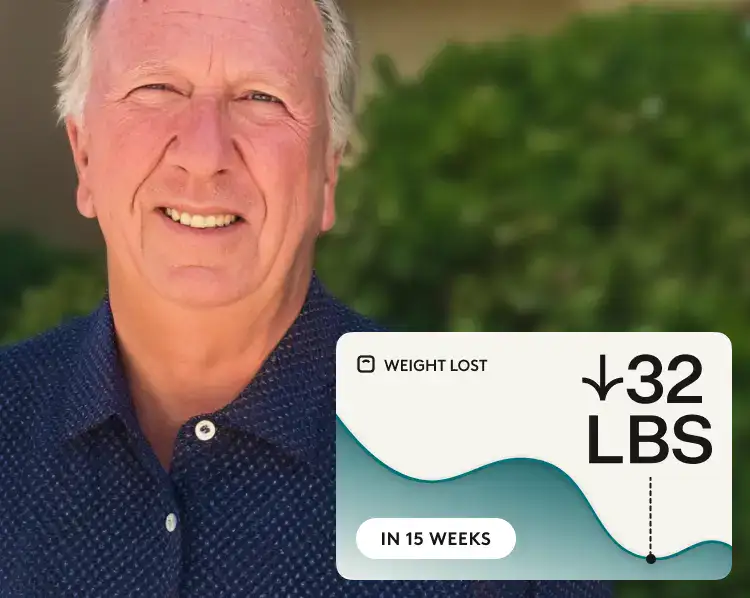
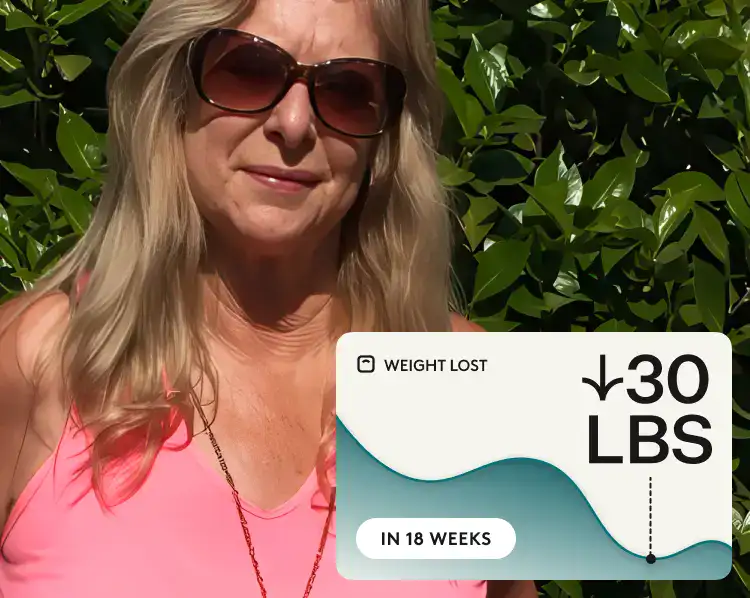

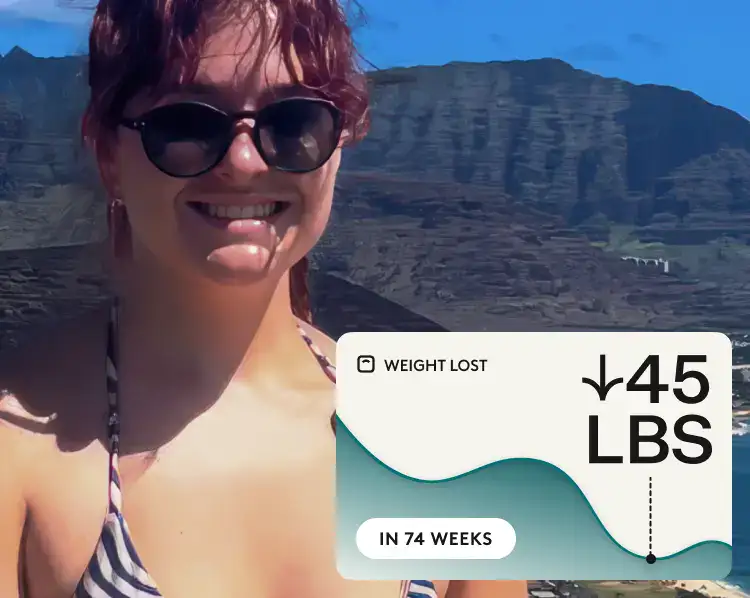


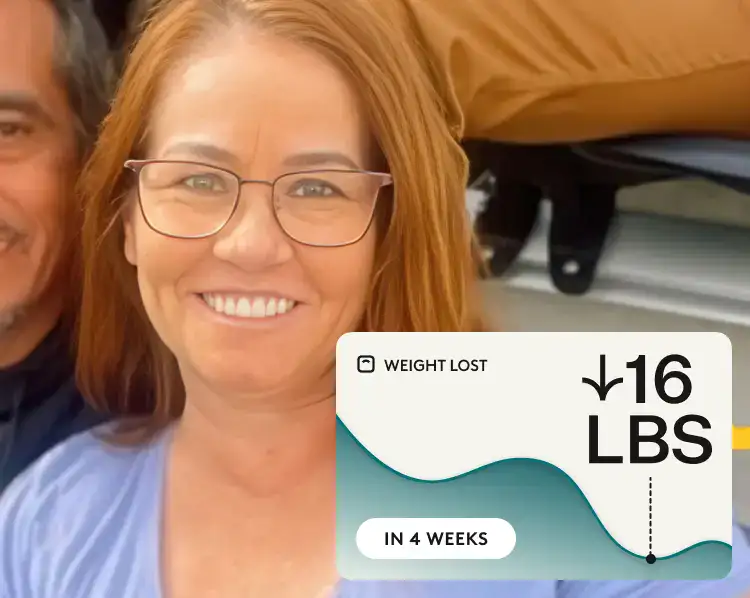


 Meaghan Cameron
Meaghan Cameron
 Noom Team
Noom Team
 Melissa Kay
Melissa Kay


